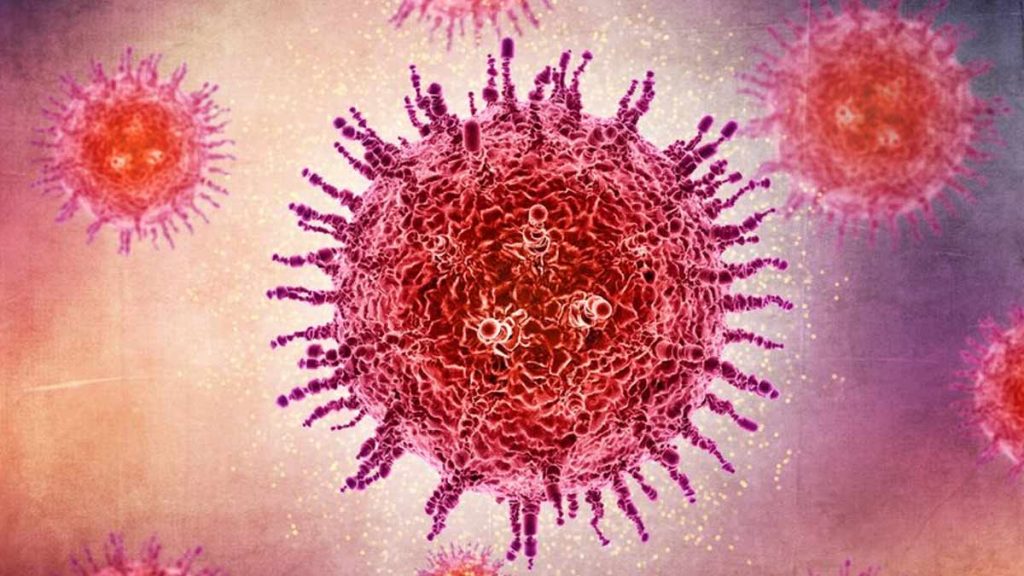Context:
Brazil has reported the first-ever deaths from Oropouche Virus.
More on the news
- Brazil recorded 7,236 cases of Oropouche fever this year till July in 20 states. It is a significant increase from last year’s 840 cases.
- The outbreak of Oropouche virus disease in Cuba reported a total of 74 confirmed cases.
Oropouche Fever
- It is a mosquito-borne disease with symptoms similar to dengue.
- There have been no reports in the world’s scientific literature of deaths from the disease.
- It is common in Latin America and the Caribbean. However, Italy recently reported its first-ever case of Oropouche in June 2024. It was also the first case ever to be detected in continental Europe.
- On June 11, the World Health Organization (WHO) reported the first-ever outbreak in Cuba.
- Origin of the virus: The virus was first detected in Trinidad and Tobago in 1955.
How did the Oropouche virus spread?
- Oropouche virus is transmitted mostly through the bite of the infected midges and mosquitoes.
- There is no evidence of human-to-human transmission of the disease. However, pregnant women could possibly transmit the virus to their unborn children, according to the Pan American Health Organization (PAHO).
Symptoms of the disease
- Symptoms usually include fever, chills, headache, myalgias, arthralgia, dizziness, and photophobia, which are the most common clinical manifestations.
- Conjunctival congestion has also been observed. Nausea may occur, sometimes followed by a few episodes of vomiting and diarrhoea.
- Most of the Symptoms of the disease are visible four and eight days after the bite.
Treatment of the disease
- There is no specific vaccine or antiviral treatment available for the disease.
- Treatment for symptoms can include rest, fluids, and use of analgesics and antipyretics.
- Patients should be advised to avoid aspirin-containing drugs or other nonsteroidal anti-inflammatory drugs until dengue can be ruled out to reduce the risk of bleeding.
- Most patients recover in about seven days.

